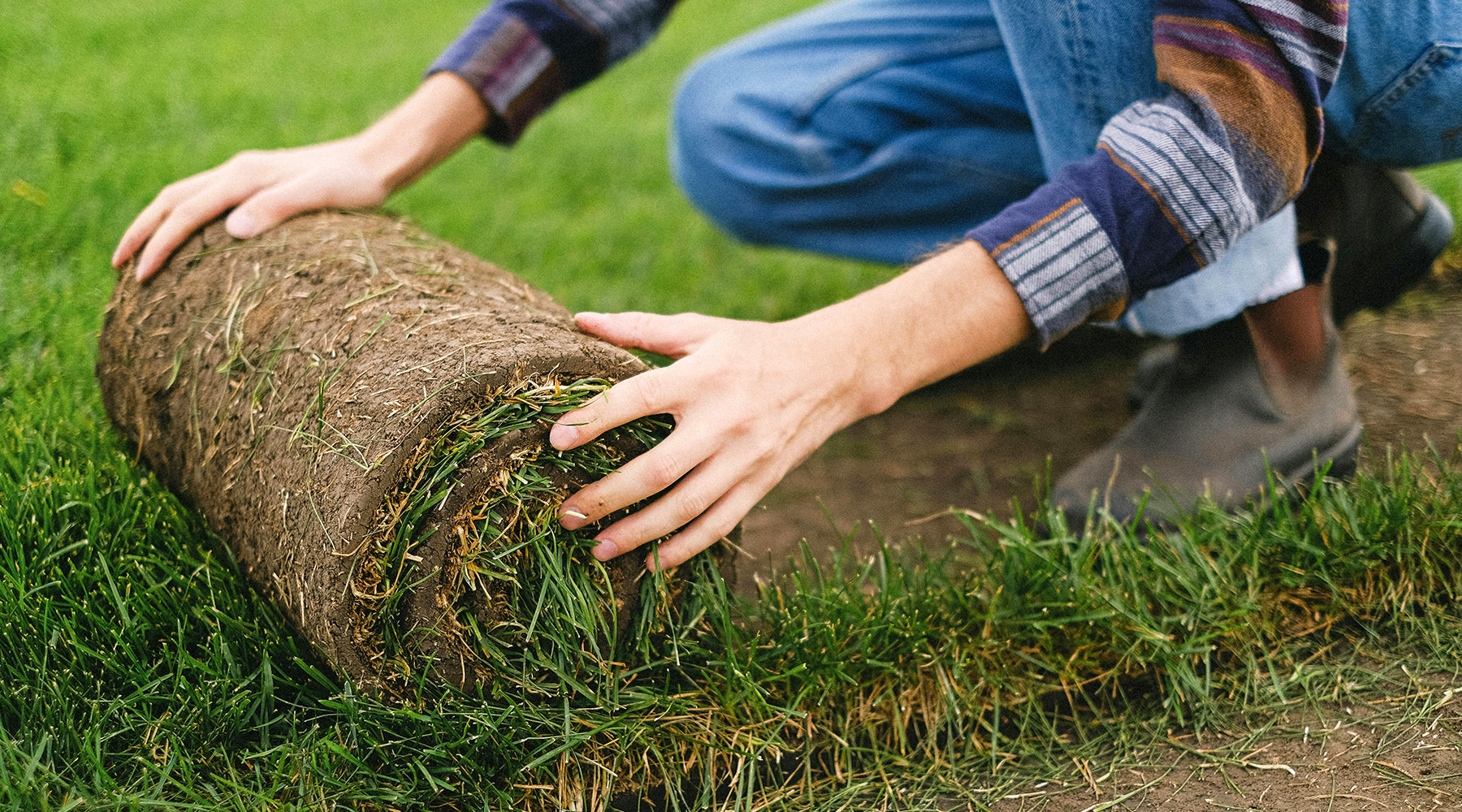
How to lay paving slabs or a patio
Laying paving slabs yourself is not technically difficult but it does require some physical strength. Whether you’re planning to lay a whole path or patio, or just some stepping stones, there is a wide selection of paving to choose from but check you can easily handle the paving slabs to avoid accidents.
Here’s our guide to paver laying for beginners.
What tools will I need?
Wheelbarrow
Trowel
Rake
Shovel
Rubber mallet
Spirit level
Tape measure
Cement mixer (optional)
String line and pegs (optional)
What materials do I need?
Paving slabs of your choice
Sub-base aggregate – like sharp gravel or stones
Sand – sharp sand will give a better result than other sands
Cement
Prepping the area
Work out where your paving slabs will go and dig to a depth of around 150mm across the whole area, to remove any lumps and bumps. Then make sure the soil is evenly compacted to give a firm, level base. Pour in your sub-base aggregate, raking it to a consistent depth of 100mm. Make sure it’s smooth, flat and firm. At this stage, unless you’re just laying a few individual slabs, we’d recommend pegging out your edges with string as a guide; it’s too late to straighten things up when you’ve laid the whole thing!
Mix your concrete
Prepare a concrete mix of three parts sand and one part cement, adding water to create a thick but workable consistency. To check it’s thick enough, with gloves on, grab a big handful and squeeze it into a ball; when you let go, it should keep its shape without oozing water or collapsing. For one or two slabs, a large tub or bucket will make enough but you can hire small cement mixers if you are doing a larger area. Lay your first section of concrete to a depth of 40mm (1½ inches) and level it off. If you’re laying more than one slab, it’s best to do this in small batches so your concrete doesn’t dry out.
Laying the paving
To lay your first paving slab, dampen the underside slightly to help the concrete mix stick and not dry out too quickly. Then lower it into position. Using your spirit level and rubber mallet, tap it gently to secure it and level it; it should sit about 15mm into the cement mix. If you are laying your paving close to a building, you may wish to slightly incline them away to allow water to run off. If you’re laying a path or patio, lay the next slab, leaving about 15mm between slabs. Once you’ve laid your paving, spray the whole area with water until it’s completely saturated and leave it to set for at least 24 hours.
Finishing touches
Fill the gaps between slabs (if applicable) with some more cement mix, pressing it down well into the gap. Edging your paving with gravel or decorative pebbles can also look attractive.



